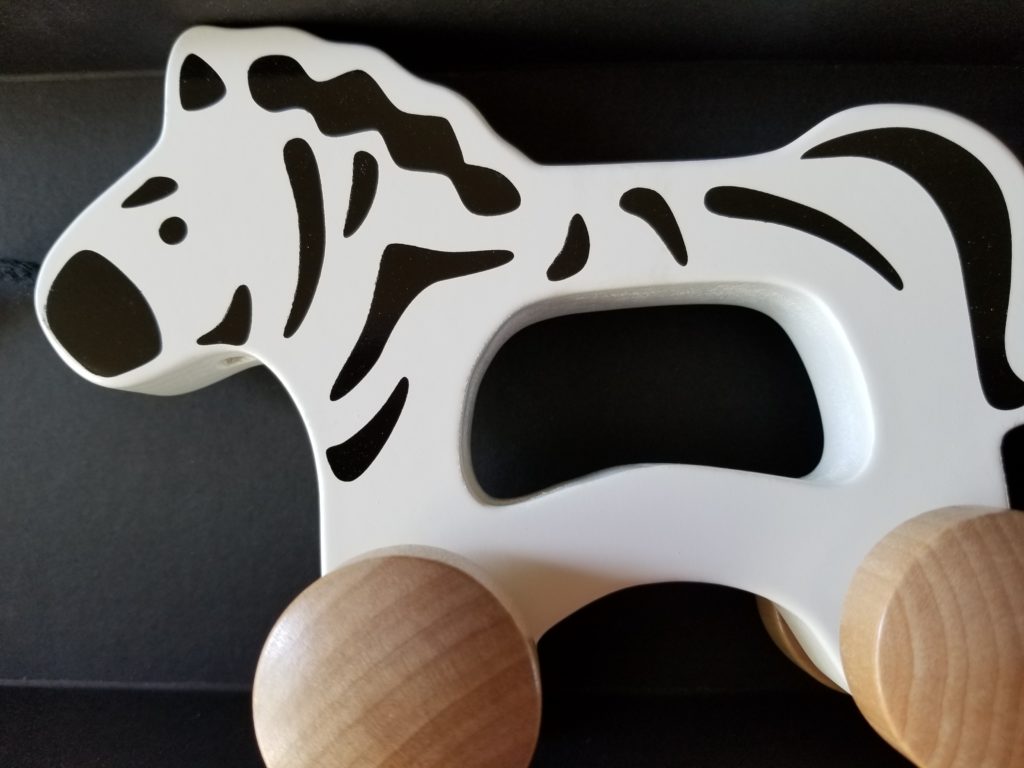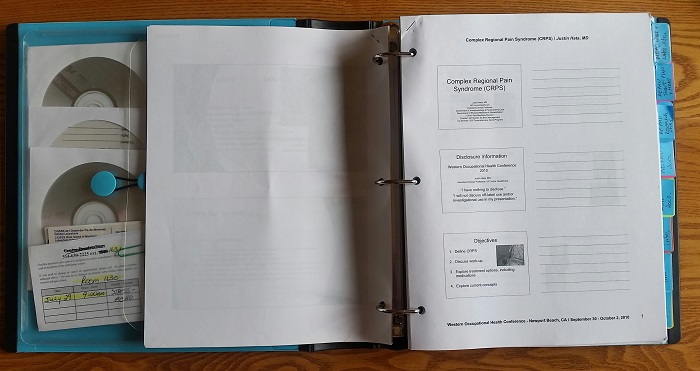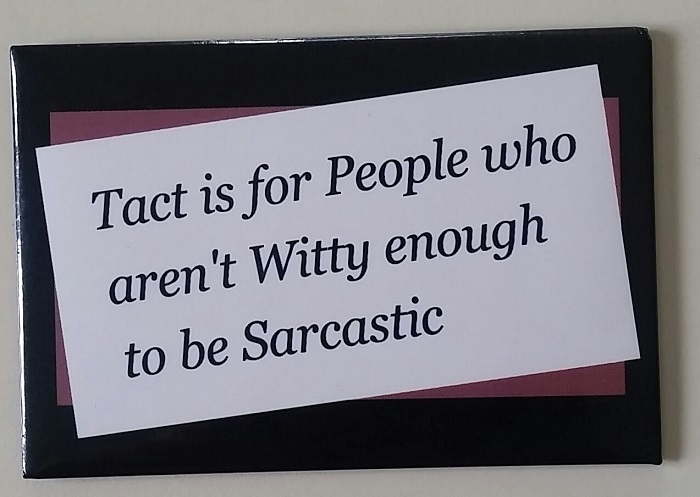Those of us with rare diseases use a couple of animals terms differently than most other people do. First off, someone with a rare disease is a ‘zebra’, a kind of play on words on an expression used in medicine; “When you hear hoofbeats, think of horses not zebras!”

This expression is meant to teach medical students that they should consider usual – not rare – diseases when they’re trying to evaluate and diagnose a patient. The rare diseases are the ‘zebra’ diagnoses, so people with rare disease often call themselves zebras.
A unicorn, much more rare and elusive in medicine, is someone who has more than one rare disease. Our healthcare systems are often set up to deal with common conditions; horses. We zebras, and unicorns, experience issues and problems with our healthcare that most other patients don’t have to face.
In my case, that meant having my symptoms disregarded and ignored for almost 3 months; while my disease continued to progress and spread. And I was lucky; many rare disease patients go for years without a diagnosis, without treatment.
So, what advice did I get from a unicorn? It’s for people like me who don’t have access to our own medical information in an electronic health record (EHR) or electronic medical record (EMR) system. Neither do any of my physicians.
This was the advice given to me by a unicorn:
1. Get a very large and sturdy binder – with a binding system that you can open by yourself (in my case, that meant one that I could open with only one hand, because I CRPS affects my right hand and arm) – as well as a set of some kind of dividers or tabs to go into the binder. Pick colours that you like, preferably something bright that will stand out.
2. Sort all the copies of your medical tests, laboratory results, etc. (I’d already been asking for them; she didn’t have to tell me to do that!) into categories. It’s easiest if you set up your categories to reflect the number of dividers/tabs you have for the binder!. This is so you can easily find a given document at a hospital, or in a doctor’s office. Punch holes in all of these documents (or have someone do that for you)!
3. Sort the documents for each category; place the newest on top and oldest on the bottom – or however makes sense to you. The goal is to make it easier for YOU to find a specific document quickly.
4. Label each divider/tab with the category you picked for your documents, and then ‘file’ each document in that category into the binder behind the appropriate divider/tab.
5. Bring this binder with you to every medical appointment. Ask your medical team if there are any other documents you should add, and be sure to add new test results, etc. to the binder as time goes on. If you need to, add a second binder, or get a bigger one!
6. If a new physician wants to order a new test for you, check your binder – with them – to see if you already have that test result from another physician. This has already saved me needless additional tests a few times, and I was only diagnosed in May!

This advice came from Jess Jacobs, who goes by @Jess_Jacobs on Twitter. If you want an idea of how bad healthcare can be for rare disease patients, follow her! She has a healthcare background, and uses Twitter to provide constructive criticism of healthcare systems; with humour – often biting sarcasm – to get her point across.
She’s a unicorn, dealing with 2 different rare diseases, yet still took the time to offer advice to me as a newly-diagnosed rare disease patient – when I was feeling very alone and adrift right after my diagnosis.
She loves sarcasm, so we bonded on Twitter after I posted a picture of my favourite fridge magnet: “Tact is for people who aren’t witty enough to be sarcastic”.

And I’ll add my own bits of advice to Jess’:
A) Get a binder that has some kind of storage for loose items (like CDs, appointment cards, and physicians’ business cards); it’s easy to have everything in one place, and keeping the appointment cards there is a good reminder to bring the binder with you to your medical appointments!
B) At the
front of your binder, have a (preferably typed) list of all of your medications
– with the dosages and instructions (e.g. 2 pills at bedtime); update this
list, and reprint a few copies whenever there’s a change to any of your
medications. This will make it much easier when you meet a new specialist;
instead of wasting time asking you to remember all of your medications, they
can just check the list. I set up – and update – my own list; if you’re not
able to do this, ask your pharmacist to print a medication list for you.
My binder even has photos I took of my x-rays – just for fun – when I first
broke my arm… back when it was just a fracture, not a rare neuro-inflammatory
disease. And those x-rays have been very helpful since my CRPS/RSD diagnosis; I
mention them to every new specialist, and every single one of them has asked to
see those x-ray photos. My proof that having my medical information – in this
binder – is a good idea!
C) Don’t let
it out of your sight – it contains your personal health information! But, just
in case, be sure to have your contact information clearly visible on the
binder, in case it gets lost in a hospital or clinic. Mine has a “Please
call xxx-xxx-xxxx if found” note right on the cover.
C) Don’t let this binder out of your sight during your medical appointments –
it contains your personal health information! But, just in case, be sure, I put
mine in a large clear plastic bag, which seals (like a Ziploc bag). Then I ask
the nurses to put it under my legs; right on the gurney or hospital bed, each
time I have a medical procedure. And I tell my entire medical team it’s there, in
case something happens and they want to check previous test results done
elsewhere…
Good luck!

